Protests have made an impact! ATP announces a significant increase in prize money for lower-ranked players in the new season
“Since my contract with Asics ended, aside from using rackets provided by Tecnifibre, I haven’t had any sponsors. Like everyone else, I buy my own clothes and shoes. I don’t have an agent either; I just work quietly on my own,” admitted French player Altman honestly. This year, he shocked the tennis world by upsetting Fritz at the Cincinnati Masters.
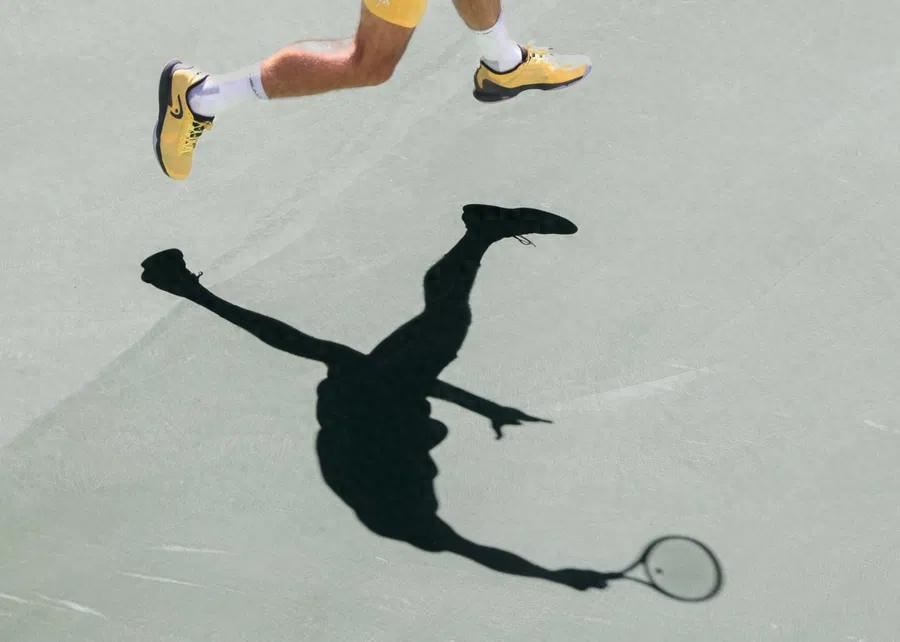
His words resonated deeply with countless players outside the top 50 who struggle silently — bearing high expenses, paying their teams, traveling extensively, yet often barely making ends meet. Now, the ATP has finally answered the call, launching a landmark financial support program for lower-ranked players, sparking a wave of pay equity reform in tennis.
The ATP announced that the total prize money for the 2026 ATP Challenger Tour will reach a record $32.4 million, an increase of $5 million from 2025. This historic move is more than just a numbers boost; it represents a declaration of intent driven by ATP’s long-term strategic plan, “OneVision.” Since 2022, Challenger prize money has surged by 167%, offering new hope to players striving for higher rankings.
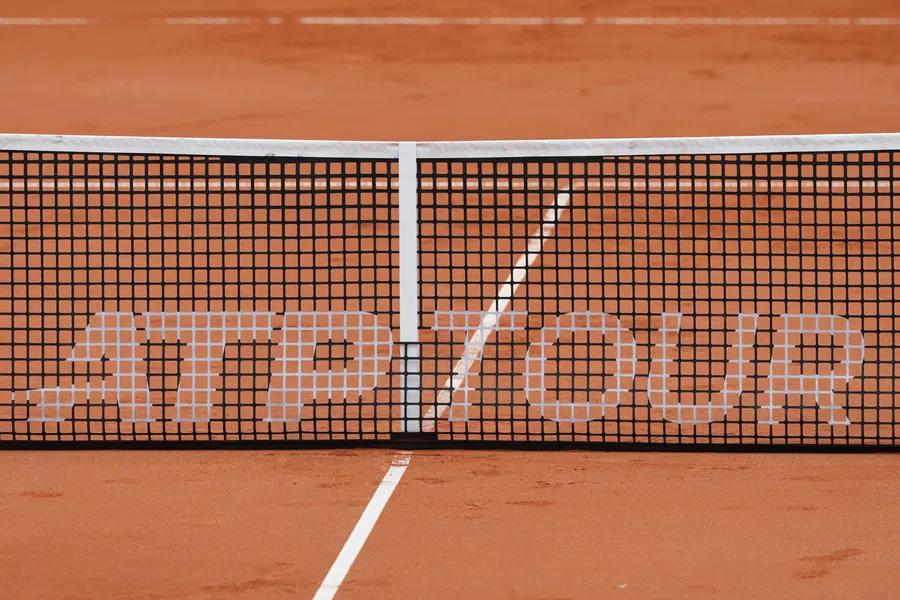
ATP Chairman Gaudenzi precisely summarized the essence of this transformation: “Since 2022, Challenger prize money has nearly tripled. This is exactly the goal of OneVision — to build a solid foundation for investing in tennis and provide greater financial security for more players. There is still room for growth, and we are working hard to find more opportunities to sustain this progress.” His words are full of conviction and signal that this momentum is just the beginning.
This change is not only about money but also about exposure and influence. In 2025, ATP formed a global media partnership with Tennis Channel, expanding Challenger Tour broadcasts to 20 countries, with total viewership reaching a record 33.8 million.
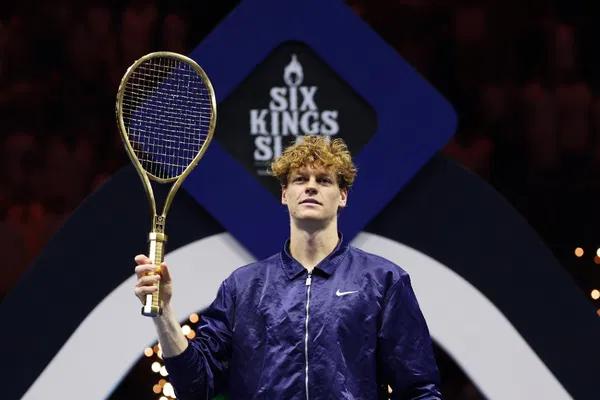
For a tour long considered “on the fringe,” this is undoubtedly a bright spotlight. Now, the Challenger stage has become a window for rising stars to showcase themselves to the world, embodying pure effort and ambition. By 2026, this expansion will accelerate further. The number of tournaments will grow from 216 to 265, adding 50 new Challenger 50 events, offering young players more chances to break through and reach the tennis summit. This growth will firmly establish the Challenger Tour as a stepping stone to the ATP elite, bringing countless players closer to their dreams.
In just the first quarter of 2025, total Challenger prize money reached $6.3 million, surpassing $4.5 million in 2024 and $2.1 million in 2022 — an increase of over 200% in three years. The impact is especially evident in player earnings distribution. Players ranked 101 to 75 earned a combined $1.4 million in Q1 2025, compared to only $468,000 three years earlier. This year, 203 players earned more than $10,000 in prize money, up from 147 in 2024 and just 44 in 2022.
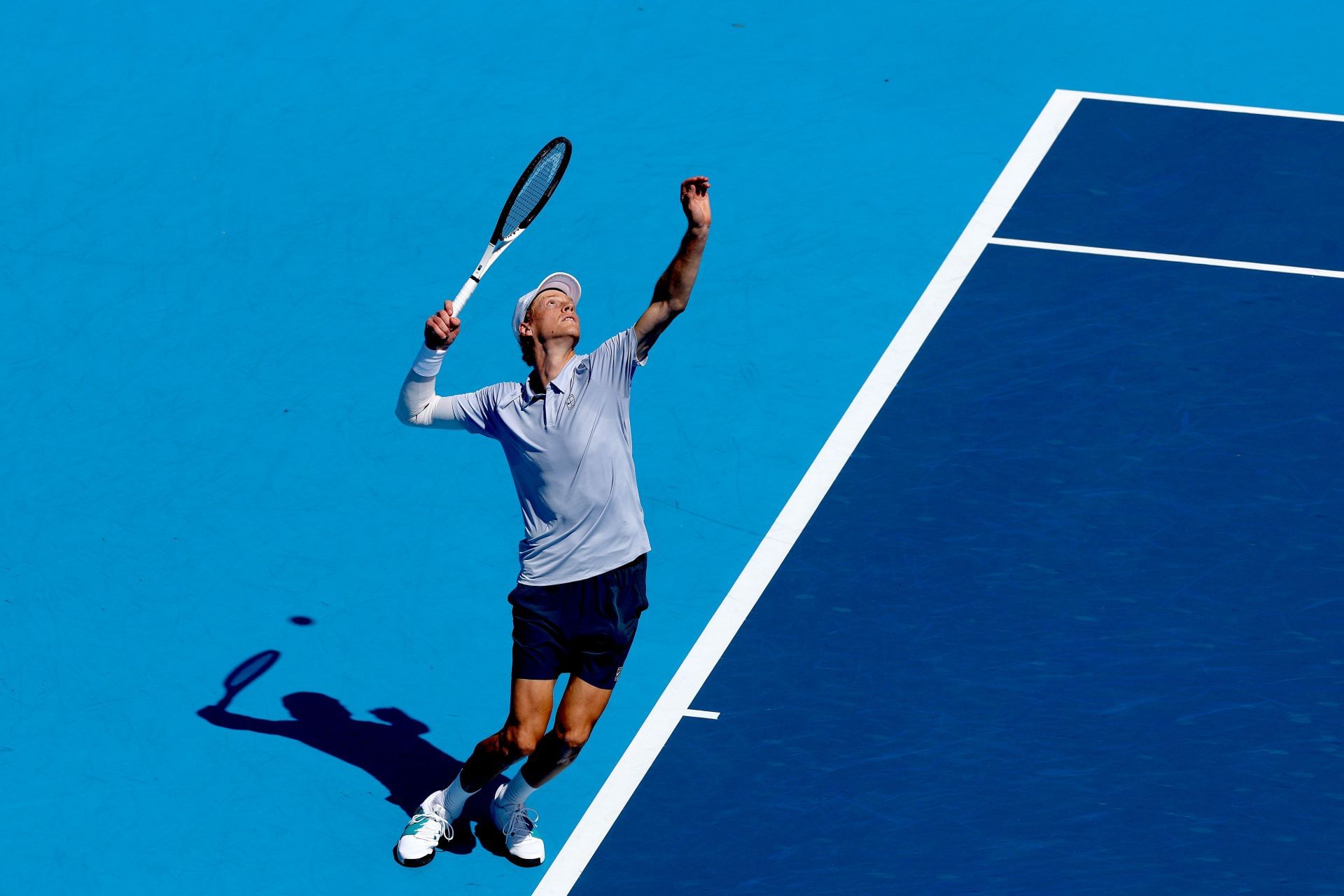
However, while Challenger players rise amid this reform wave, another “storm” is brewing — the battle over Grand Slam prize money. Even top stars are now calling for structural fairness, seeking balance between glamour and hardship.
With total Grand Slam prize money approaching $440 million in 2025, this season marks a financial milestone in tennis history. But behind the soaring figures, an awkward question arises: is this wealth distributed fairly? Behind this glamorous sport, many players are dissatisfied and demanding a “fairer share.”
One of the leaders is Alcaraz. On July 30, he joined several players in signing an open letter to Grand Slam organizers, calling for systemic reform. He candidly stated that the current situation is “a bit messy — the relationship between the ATP and Grand Slams is chaotic,” but emphasized that players “are working hard to improve things,” reflecting growing solidarity among top players.
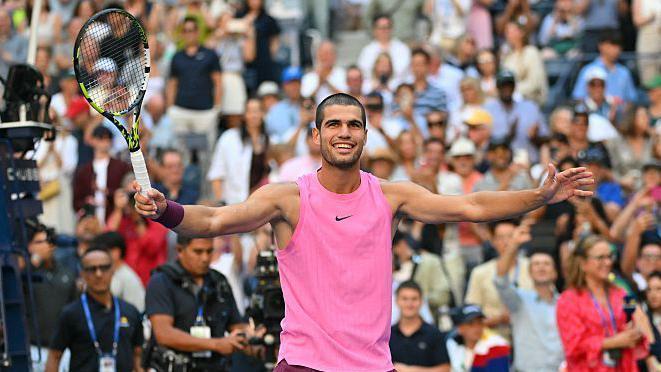
Alongside him is Gauff. When asked why top players are demanding changes to Grand Slam prize distribution, Gauff explained: “It’s a long process. One player representative attended the meetings because I was training and couldn’t go. I got some information but not much. I just know this started at Indian Wells this year, and I signed that letter with other Top 10 players.”
Her motivation goes beyond personal gain: “Our goal is to increase Grand Slam prize money not just for us top players but also for those ranked 200 or 300.” Gauff’s final words hit the core: “We’re trying to use the influence of top players to apply pressure — because unfortunately, their voices are heard more easily.”(Source: Tennis Home, Author: Spark)







 Links
Links
 Contact
Contact
 App
App


